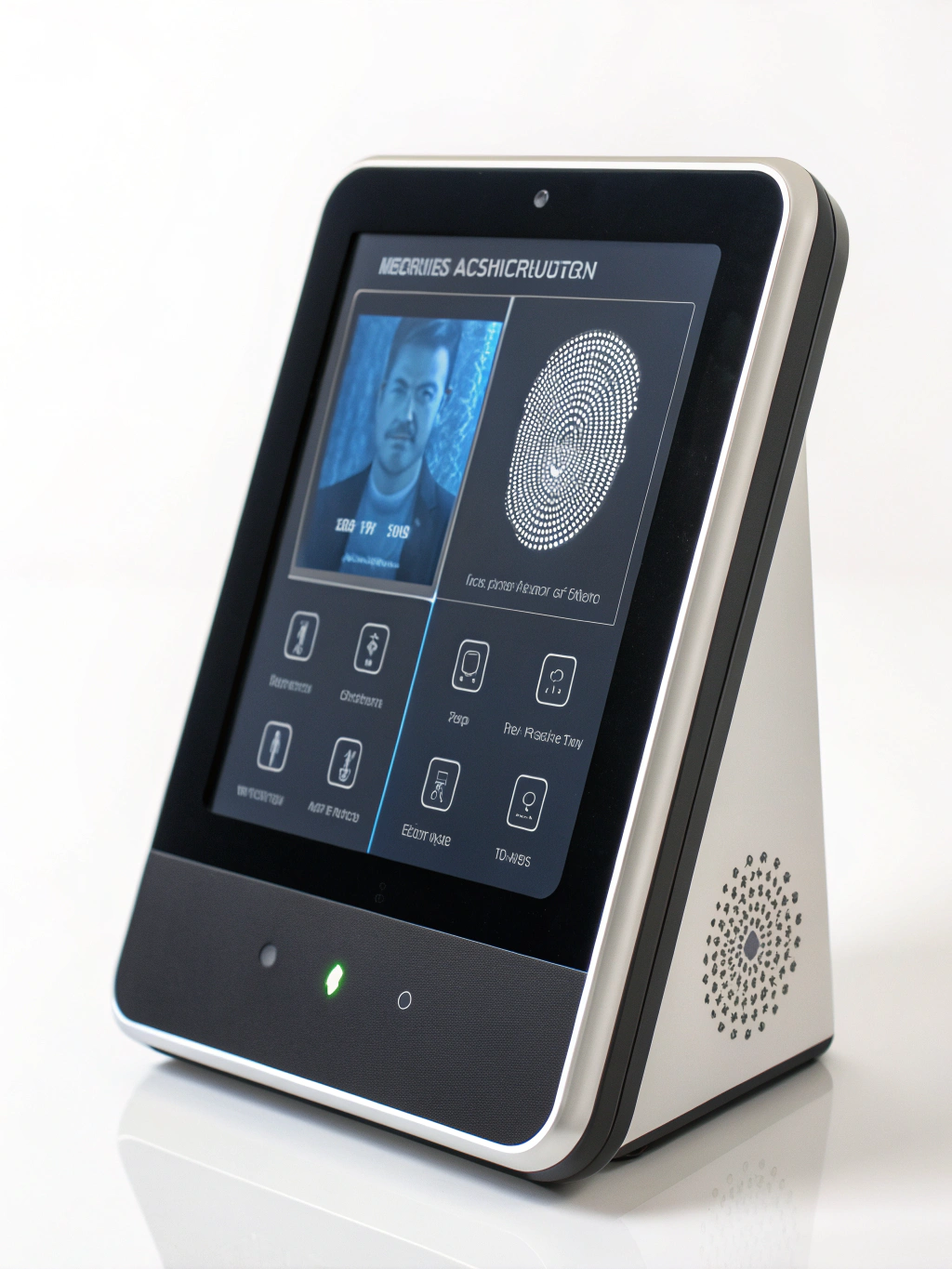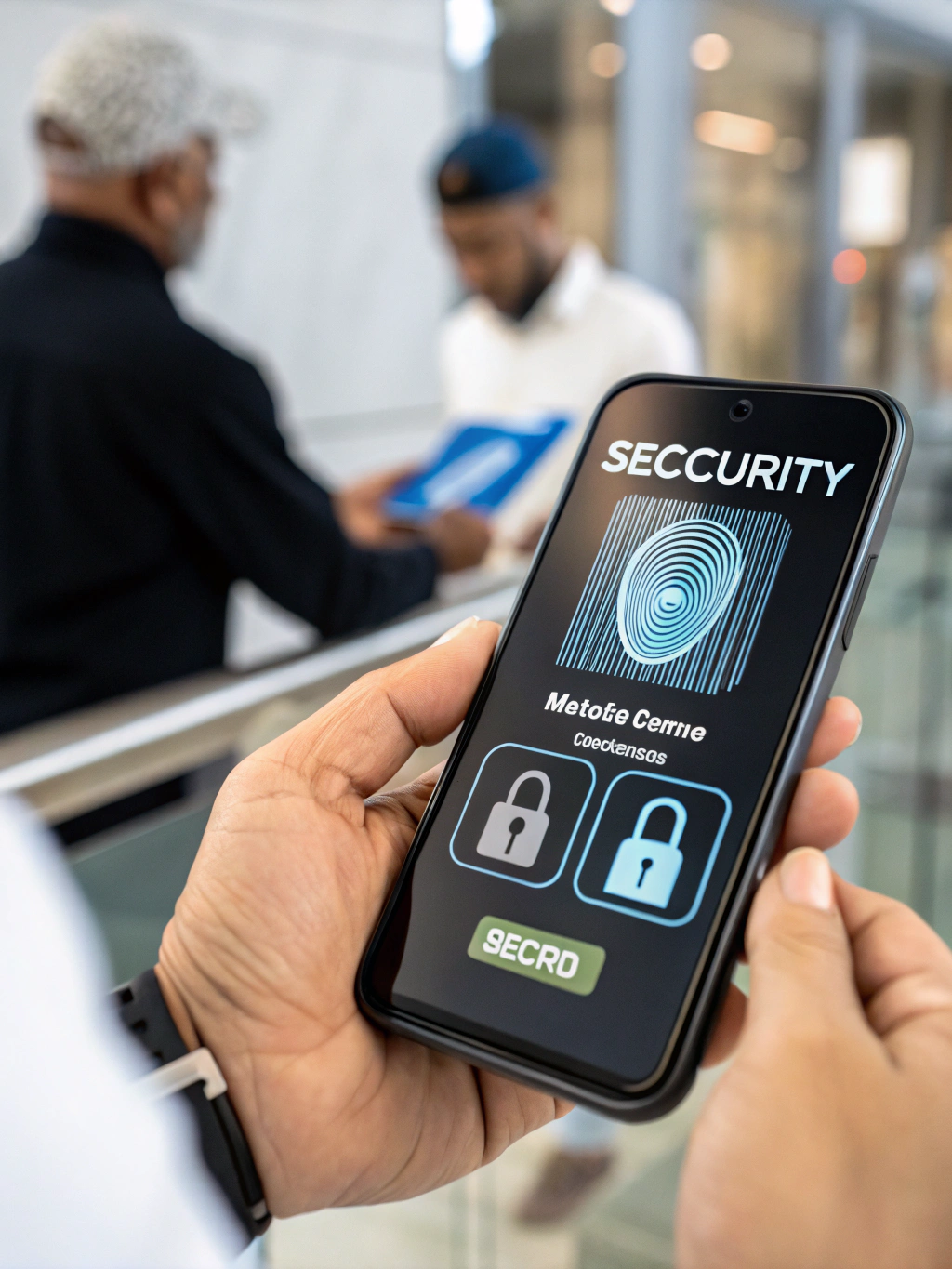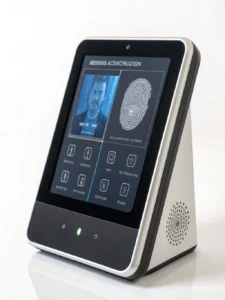Beyond Passwords: How Biometric Authentication Enhances Multi-Factor Security
Beyond Passwords: Securing Your Digital Life with a Robust Biometric Authentication Multi Factor Strategy In today's hyper-connected world, digital security is no longer a luxury—it’s a necessity. From our online banking to our personal accounts, we entrust a vast amount of sensitive information to digital platforms. Traditional methods like passwords are increasingly vulnerable to cyberattacks, leading to data breaches and financial losses. That’s why a sophisticated biometric authentication multi factor strategy is paramount for individuals and businesses alike. This blog post dives deep into the evolving landscape of digital security, exploring the benefits of biometric authentication, its integration with other security measures, and how it’s shaping the future of online access. We’ll also touch upon pertinent trends in crypto, AI-driven automation, investment strategies, and alternative finance. The Evolution of Security: Why Passwords are No Longer Enough For decades, passwords have been the primary gatekeeper to our digital lives. However, they are inherently weak. People often use easily guessable passwords, reuse them across multiple platforms, or fall victim to phishing scams. The rise of sophisticated hacking techniques, including brute-force attacks and credential stuffing, has exposed the limitations of password-only security. The threat landscape is constantly changing, and relying solely on passwords is like locking your door with a flimsy chain. We need stronger defenses. This is where multi-factor authentication (MFA) steps in. MFA requires users to provide multiple forms of verification before granting access. One of the most powerful components of a robust MFA solution is biometric authentication. Understanding Biometric Authentication: More Than Just Fingerprints Biometric authentication leverages unique biological traits to verify a user's identity. These traits can include: Fingerprint Scanning: The most common and readily available biometric method. Facial Recognition: Uses advanced algorithms to identify individuals based on their facial features. Iris Scanning: A highly secure method that scans the unique patterns in the iris of the eye. Voice Recognition: Identifies users based on their vocal characteristics. Behavioral Biometrics: Analyzes how a user interacts with their device (e.g., typing speed, mouse movements) to establish a unique profile. Using biometric authentication alongside other methods like a one-time code sent to your phone or a security key provides an added layer of security. This combination forms a powerful biometric authentication multi factor strategy, making it significantly harder for unauthorized individuals to gain access. The Power of Passwordless Authentication & Biometrics One of the most promising trends in digital security is the shift toward passwordless authentication. This approach eliminates the need for traditional passwords altogether, replacing them with biometric verification or other secure methods. Passwordless options enhance both security and user experience. They minimize the risks associated with password reuse and phishing, while also streamlining the login process. Face ID, Touch ID, and other biometric authentication methods fit seamlessly into passwordless frameworks. Companies like Google and Apple are actively promoting passwordless authentication through their platforms, demonstrating its viability and growing adoption. Here's how passwordless authentication and biometrics work together for enhanced security: Feature Passwordless Authentication Biometric Authentication Authentication Method Fingerprint, Face ID, PIN, etc. Fingerprint, Facial Recognition, Iris Scan, Voice Recognition Security High Very High User Experience Seamless, Convenient Fast, Natural Phishing Resistance Excellent Excellent Password Management No passwords to manage N/A Beyond Biometrics: A Holistic Security Approach While strong biometric authentication is a critical component, it's not a silver bullet. A comprehensive security strategy requires a layered approach. Biometric authentication multi factor strategy should be integrated with other security measures, including: Regular Software Updates: Patches vulnerabilities that hackers can exploit. Endpoint Security: Antivirus, anti-malware, and firewalls protect devices from threats. Data Encryption: Protects data both in transit and at rest. Security Awareness Training: Educate users about phishing scams and other security threats. Regular Security Audits: Assess your overall security posture and identify weaknesses. Furthermore, incorporating AI agents and automation can significantly enhance security operations. AI-powered threat detection systems can analyze vast amounts of data in real-time, identifying and responding to potential threats much faster than traditional methods. This proactive approach is crucial in staying ahead of evolving cyberattacks. Crypto, AI, and the Future of Digital Investment The digital world is constantly evolving, and emerging technologies like cryptocurrencies and artificial intelligence are reshaping financial landscapes and investment strategies. Cryptocurrency and Blockchain: Blockchain technology provides a secure and transparent ledger for financial transactions. However, security remains a concern, and robust biometric authentication multi factor strategy is essential for securing crypto wallets and exchanges. AI-driven Trading: AI algorithms are being used to analyze market trends and make automated trading decisions. While promising, it’s important to understand the risks associated with AI-driven trading and implement proper risk management strategies. Alternative Investments: The rise of NFTs and other digital assets is opening up new investment opportunities. However, these assets often come with higher risks and require a thorough understanding of the underlying technology and market dynamics. Conclusion: Protecting Your Digital Future In conclusion, a robust biometric authentication multi factor strategy is no longer optional—it's essential for safeguarding our digital lives. By combining the power of biometric authentication with other security measures and embracing emerging technologies such as passwordless authentication and AI-driven automation, we can create a more secure and resilient digital future. What are your thoughts on the future of digital security? Share your comments and experiences below! You can also explore further resources on building a stronger security posture by visiting the National Institute of Standards and Technology (NIST) website. For more information on passwordless authentication best practices, be sure to check out Okta's comprehensive guide.
Share this content:














Post Comment